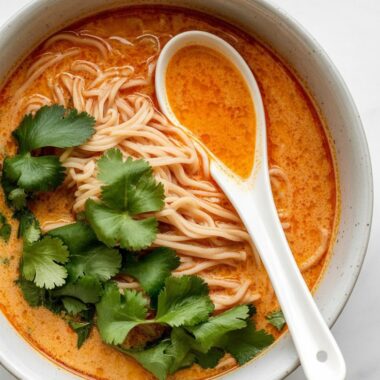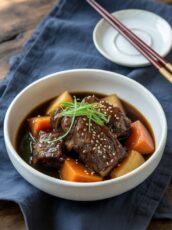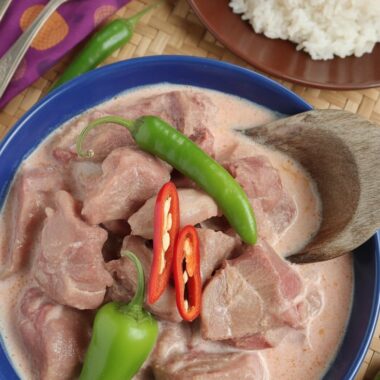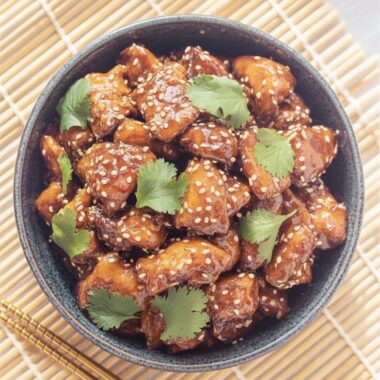If you’ve ever attended a Filipino birthday party or family gathering, you’ve probably seen a big tray of spaghetti sitting proudly on the table, topped with a mountain of cheese and dotted with bright red hotdogs. Filipino Spaghetti isn’t just a pasta dish — it’s a memory-maker. For me, it instantly takes me back to childhood birthdays where the smell of this sweet, meaty sauce meant fun, laughter, and plenty of food to go around.
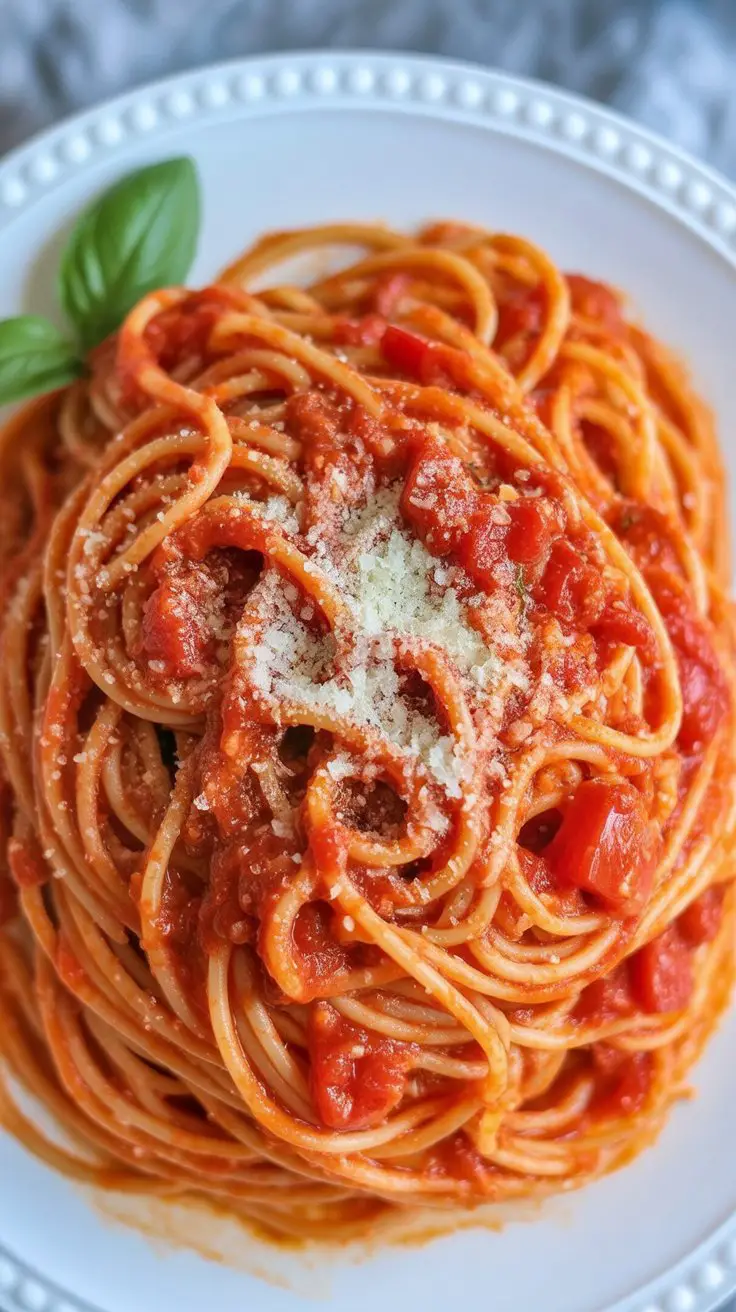 Unlike Italian spaghetti, this one leans sweet, almost like a comforting hug in the form of pasta. It’s the kind of dish kids go crazy for, but grown-ups can’t resist either — especially when the sauce has simmered long enough to soak up all that meaty goodness.
Unlike Italian spaghetti, this one leans sweet, almost like a comforting hug in the form of pasta. It’s the kind of dish kids go crazy for, but grown-ups can’t resist either — especially when the sauce has simmered long enough to soak up all that meaty goodness.
My Favorite Way to Cook Filipino Spaghetti
I’ll be honest, I don’t make this only for birthdays — sometimes I just crave it on a rainy day or when I’m feeling homesick. Here’s how I like to do it:
Cook the pasta – I always salt my pasta water generously. Don’t skip this step — it gives the noodles flavor right from the start. I skip adding oil, because I want the sauce to cling to every strand.
Build the base – I sauté garlic and onion until fragrant. That smell always tells me I’m on the right track. Then I add ground pork and let it brown nicely. Browning is key here — it gives the sauce a richer backbone.
Make it uniquely Filipino – This is where the hotdogs, luncheon meat, and the sweet-style sauce come in. If you grew up in a Filipino household, you know these are non-negotiables. They may sound unusual to someone new, but one taste and you’ll understand why they belong.
Slow simmer for depth – I let the sauce cook gently for about 30 minutes. The longer it sits, the better it tastes.
Cheese on top – I go heavy on the shredded cheddar. Sometimes I even mix in quickmelt cheese for that gooey factor.
Handy Tips I’ve Learned Along the Way
Balance the sweetness – Filipino spaghetti is sweet, but I always taste as I go. Sometimes a splash of beef broth or even a touch of soy sauce balances everything out beautifully.
Hotdog choice matters – I prefer red Filipino hotdogs for the nostalgia, but when I want it a little meatier, I switch to beef franks.
Cheese experiments – Don’t feel locked into cheddar. Edam or queso de bola works beautifully, especially around the holidays.
Batch cooking – This dish reheats well, so I often double the recipe and store half for later in the week.
 Make Ahead Tips
Make Ahead Tips
If you’re hosting a party, the last thing you want is to be stuck in the kitchen while everyone else is celebrating. What I usually do is make the sauce a day ahead. By the next day, it tastes even better because the flavors have deepened. Just reheat gently, cook fresh pasta, and top with cheese right before serving.
Serving Suggestions
This dish is a meal on its own, but in a Filipino setting, it’s rarely alone on the table. I love serving it with fried chicken (yes, that’s a classic birthday party combo!), buttered toast, or even lumpia. And of course, a cold glass of soda or iced tea just seals the deal.
For casual family dinners, I keep it simple — a bowl of spaghetti, maybe some garlic bread, and a side salad. But if it’s a birthday? Out comes the fried chicken and pancit, and everyone’s happy.
Storage and Leftovers
Filipino spaghetti stores well in the fridge for about 3 days. I usually keep the sauce and noodles separate, but if they’re already mixed, just reheat with a splash of water or broth so it doesn’t dry out. For longer storage, the sauce freezes wonderfully — just thaw and heat when the craving strikes.
 Why Filipino Spaghetti is Sweet
Why Filipino Spaghetti is Sweet
If you’re new to this dish, you might wonder why Filipinos love their pasta sweet. The answer is simple: we grew up with banana ketchup, tocino, and other sweet-savory dishes. That love for sweetness naturally found its way into spaghetti. It’s less about copying Italian pasta and more about creating something that feels like home. For many of us, it’s not just food — it’s tradition.
Filipino Style Spaghetti
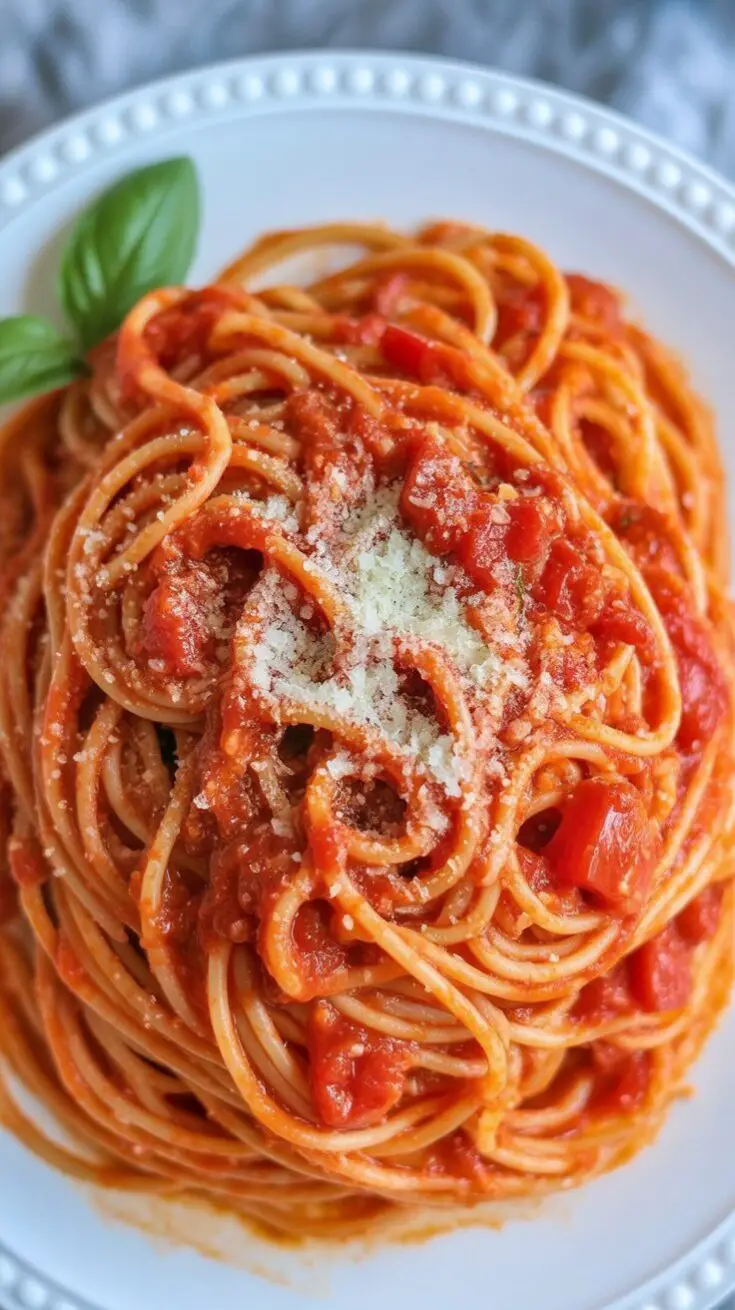
A sweet and savory twist on the classic pasta dish—Filipino-style spaghetti is loaded with hotdogs, ground meat, and a cheesy finish. It’s a childhood favorite that always makes family gatherings extra special.
Ingredients
- 2 lbs spaghetti noodles
- 3 tablespoons cooking oil
- 1 medium onion, minced
- 1 teaspoon garlic, minced
- 1 lb ground pork
- 6 ounces luncheon meat, finely minced
- 4 hotdogs or beef franks, sliced
- 35 ounces Filipino-style spaghetti sauce
- 1 cup beef broth
- ½ cup shredded cheddar cheese
- Salt and pepper, to taste
Instructions
- Cook the noodles according to package directions until al dente. Drain, transfer to a serving bowl, and set aside.
- In a large pan, heat the oil and sauté the onion and garlic until fragrant. Add the ground pork and cook until lightly browned.
- Stir in the luncheon meat and hotdogs, letting them warm through and blend with the meat.
- Pour in the spaghetti sauce and beef broth, stirring well. Bring the sauce to a gentle boil, then lower the heat, cover, and let it simmer for about half an hour. Taste and adjust seasoning with salt and pepper.
- Spoon the rich, sweet-savory sauce over the cooked noodles and finish with a generous sprinkle of cheddar cheese. Serve warm and enjoy!
Nutrition Information:
Yield: 6 Serving Size: 1Amount Per Serving: Calories: 816Total Fat: 43gSaturated Fat: 14gTrans Fat: 0gUnsaturated Fat: 24gCholesterol: 119mgSodium: 1867mgCarbohydrates: 63gFiber: 6gSugar: 12gProtein: 42g
Asianplated.com, occasionally offers nutritional information for recipes contained on this site. This information is provided as a courtesy and is an estimate only. This information comes from online calculators. Although allchickenrecipes.com attempts to provide accurate nutritional information, these figures are only estimates.
Final Thought
Every time I make Filipino Spaghetti, I’m reminded that food doesn’t always have to be fancy or traditional to bring joy. Sometimes, it just has to be familiar, comforting, and shared with people you love. This sweet, cheesy spaghetti may not be everyone’s idea of pasta, but for me, it’s a taste of celebrations, childhood, and home. And if you give it a try, I’m sure it will find its own special place on your table too.
Try other Filipino recipes:

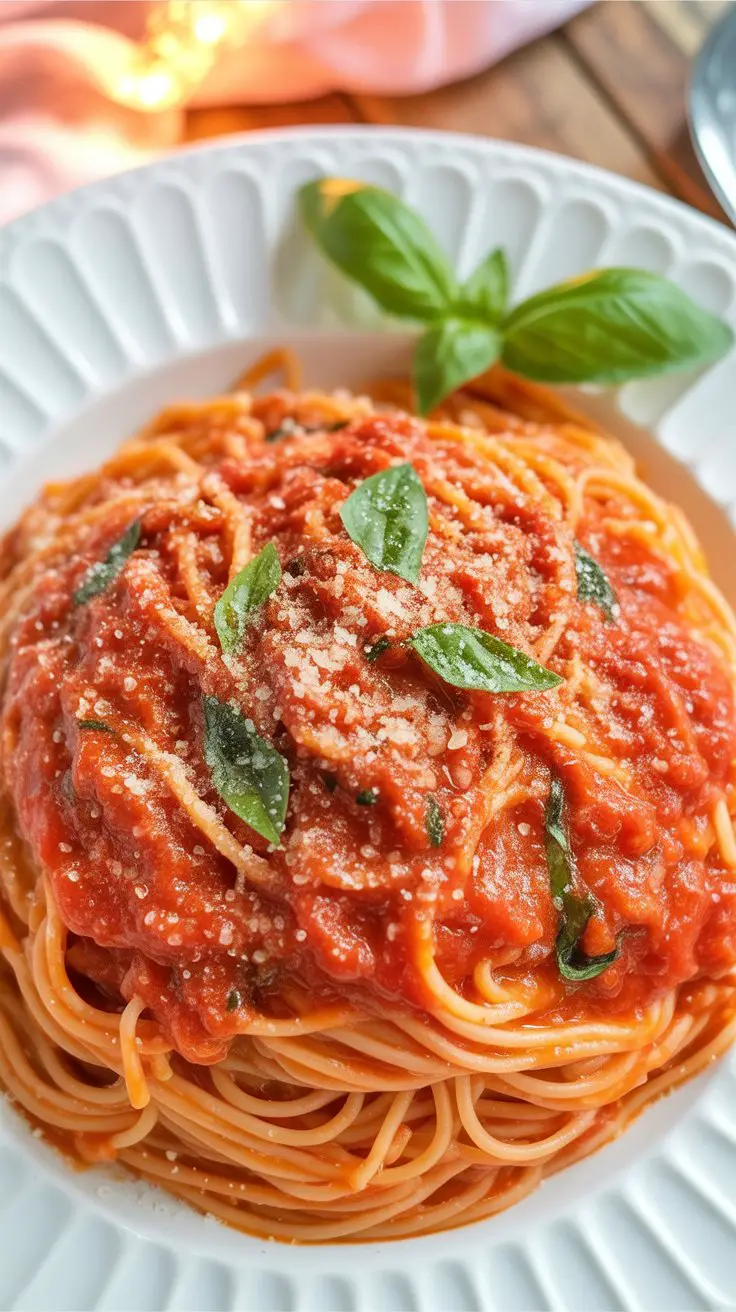 Make Ahead Tips
Make Ahead Tips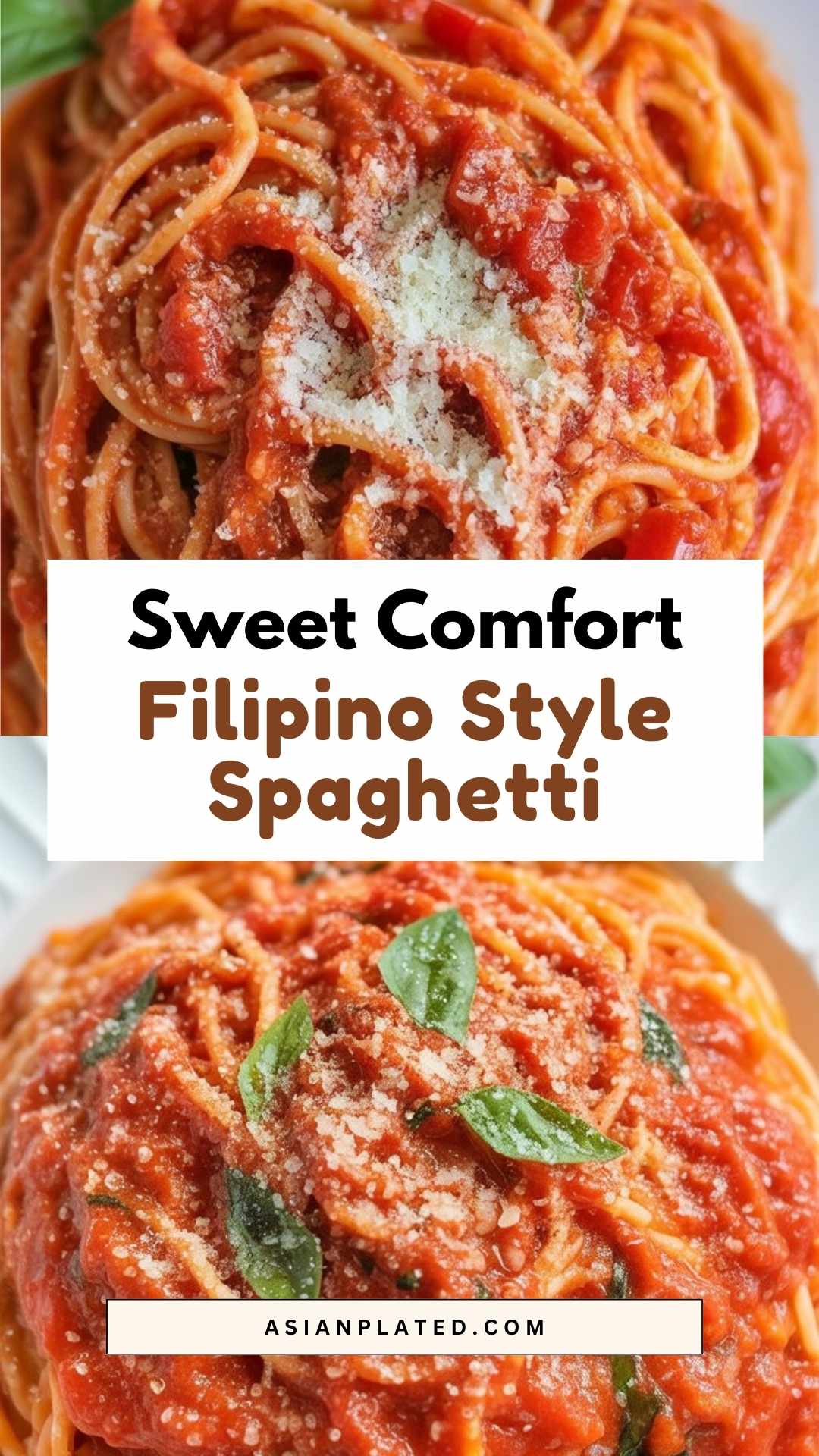 Why Filipino Spaghetti is Sweet
Why Filipino Spaghetti is Sweet
